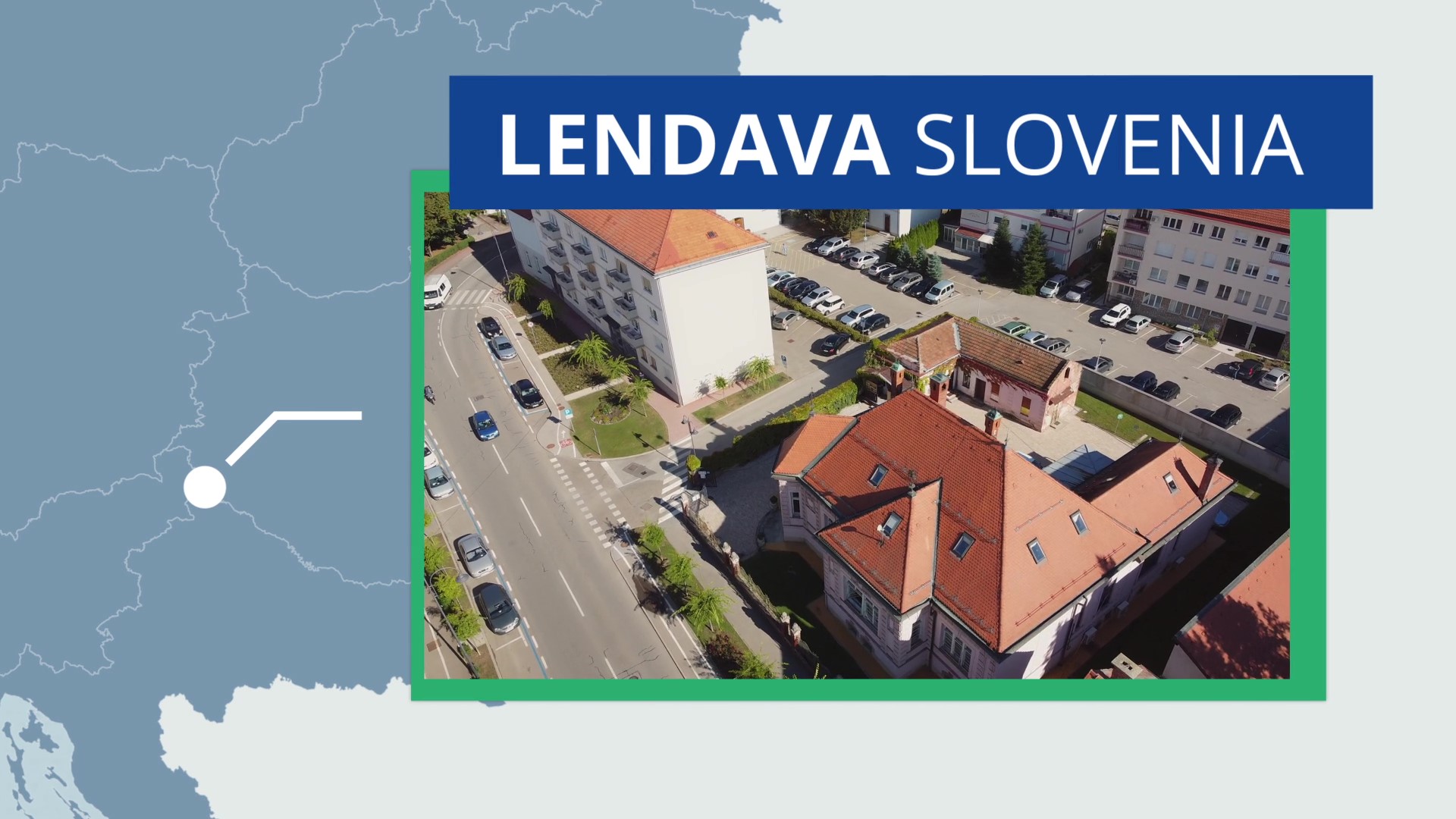The Parraffin Based Storage in Lendava
The implementation of a PCM-based latent storage system in conjunction with a geothermal district heating system in the municipality of Lendava represents the Slovenian pilot measure.

Although the Covid 19 pandemic also affected the progress of the pilot project in Lendava, as physical meetings with stakeholders were temporarily not possible and some work was delayed, all the necessary work was successfully completed.The construction phase of the new pipeline connection started in January 2021 and was completed with the installation of the new PCM-based latent storage tank in February 2021.
The installation of the water buffer storage was deemed necessary due to the system's emission load and to increase the system's lifetime, energy efficiency, and use of renewable energy sources. The expected energy savings during the project preparation phase were calculated to be a total of 5.5%, 100% less fossil fuel, and 23 tons less CO₂ emissions. There is a great potential for the implementation of the planned system in other HUCs: the pilot project in Lendava should therefore serve as an innovative good practice example in listed cities and landscapes in the coming years, leading to a significant increase in the use of renewable energy sources in historic city centers.
Very important for the success of the pilot implementation was and is the involvement of all relevant institutions and organizations from the beginning. This was done at the so-called "Deployment Desk Meetings", where all stakeholders meet every few months, as well as at some other informal meetings in the meantime, whenever needed.
In the last part of the project, the promotion of the pilot project is an important measure in the stakeholder engagement process. In this context, the energy-related companies/organizations Petrol - Geoterm, Geological Survey of Slovenia, Local Energy Agency Pomurje and Ekopark d.o.o. will be more involved in the future. Several events were organized for cross-fertilization and promotion of the project/pilot. In addition, to conclude the project, the opening of the storage facility on April 22, 2021 was organized in a small circle due to the Covid 19 pandemic. Now the positive effects are observed
Installation and integration process
The main objective of the pilot project was to replace the existing oil boiler in the Lendava library with a renewable energy source. The building was connected to the existing geothermal district heating network. The Lendava library building is the last connection in the geothermal district heating network and the supply is not stable - the temperature of the supply medium is not constant. In the pilot project, the choice of the storage tank was crucial for the conversion to renewable energy. In this case, the correctly chosen storage tank ensures a stable supply to the end users.
Paraffin cells were installed as modern and innovative buffer storage systems designed to efficiently store heat from small irregular energy sources and require less space compared to traditional water storage systems. Thermal energy storage technologies and geothermal district heating systems have the potential to play an important role in the transition to 100% renewable energy systems by increasing system flexibility and overall efficiency, thereby reducing CO₂ emissions, securing household energy supplies, and additionally reducing heating costs. The storage tank was installed in the basement of the building. Due to the Covid 19 pandemic, construction and all scheduled stakeholder meetings had to be suspended for several weeks during the last quarter of 2020. However, from the last 2 weeks in January until mid-February 2021, the construction works were carried out in two phases:
- Connection of the building to the existing geothermal district heating network
- Installation of the PCM storage tank and all electrical and mechanical components for energy transmission and metering Installation of the storage tank with PCM material and all electrical and mechanical components for energy transmission and metering
With the additional installation of an energy management tool, it was possible to monitor all functions proving the effectiveness of the pilot installations. The monitoring and testing phase started in the first half of April 2021.
If you're interested in a more detailed look, click here to read the full report
